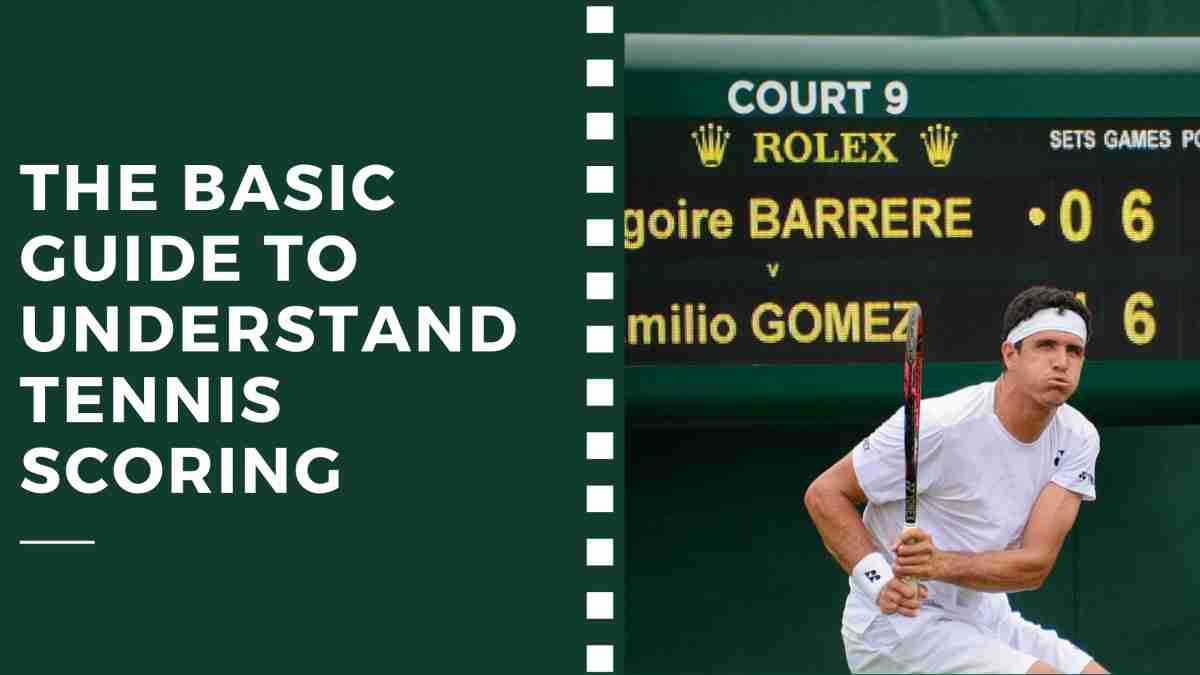One of the most important things to get an idea about when trying to understand tennis is its scoring system.
While the numerous technical terms may infuriate the layman, it is not quite as complicated if one tries to look at it objectively. Plus, it is also one of the most interesting concepts to learn about the sport as well.
Tennis matches are usually played over three or five sets. In major tournaments – the Grand Slams such as the Australian Open, French Open, Wimbledon and US Open – men play matches in which the winner is decided over five sets whereas for women, the best of three sets concept is used.
Sets consist of games, which are individual matches inside a match that a player must win to tally up his/her numbers. The first player to get to four points in a game gets declared its winner, although the points are calculated as 15, 30, 40, and game and not 1, 2, 3 and 4.
If both players get tied on 40, they are said to be in a deuce, and another point is added to the game. The player who gets the next point gets what is called an ‘advantage.’ If they win the next point, they win the game, but if they lose, the score goes back to 40-40 or 40-all.
Three or Five Sets in Tennis Matches
The first player to win six games in a set gets declared the winner. Likewise, the winner of the first two sets (in a three-set match) or the winner of the first three sets (in a five-set match) is declared the winner of the match altogether. However, there is a caveat here.
Not at all times is the player to win the first six games declared the winner of that particular set. If the two players get tied on five games each inside a set, another game is added to the tally.
If the two players get tied 6-6 even after the addition of the extra game, a tiebreaker is played, and whoever wins this, wins the set.
Men are usually expected to play matches that are decided on the best of five sets in all major competitions, while women usually play matches decided on the best of three sets in all major competitions. In most other non-major tournaments, however, both men and women play three-set matches.
Also Read | How are ATP Rankings Calculated?
Sets are Decided by the Winner of the Odd Number
As explained earlier, the winner of the odd number of sets is declared the winner of the overall tennis match. If a three-set match is going on, the player who wins two sets is declared the winner. Similarly, if a five-set match is going on, the player who is the first to win three sets is declared the winner.
An interesting rule which will catch the fancy of our readers is the one regarding tiebreakers in the final set. As we have elucidated above, the winners of the first six games are declared the winners of the set.
However, if both players are tied at five games each, the set gets extended to another game. Hence, the player who wins seven games now gets declared the winner.
It is getting to these seven games that our readers will find very amusing. If the scores get tied at 6-6, a tiebreaker is played, which decides the eventual winner of the set.
However, this rule is not applied when the final set of a tennis match is going on. In a five-setter game, this applies to the fifth set, while in a three-setter one, this rule applies to the third set.
So what do the players do when the games are tied in the final set?
The number of games keep on extending until it is clear that one player has an advantage of two games over his/her opponent. No tiebreaker is played, and the rules remain the same just as they had done until the final set.
This rule has been presumably made to ensure that a fair result is decreed to the participants of the tennis match. Fans of the sport often complain that tiebreakers do not give their heroes and heroines enough time to adjust and adapt.
On the other hand, if the match goes on till the end without the event of a tiebreak, it is expected to lead to a fair result that both participants will like to agree on.
While the rule is fair, it does test the fitness and longevity of the players involved. As is the case with all tennis matches, the singles event tests the players much more than the doubles given the amount of surface area required to be covered. These rules apply to both singles and doubles.
Read Next | What does UEFA mean in Football?
